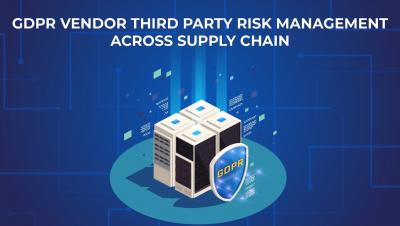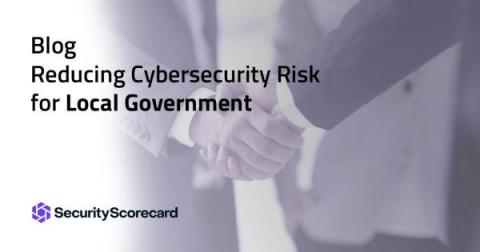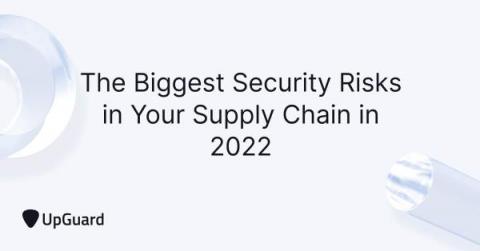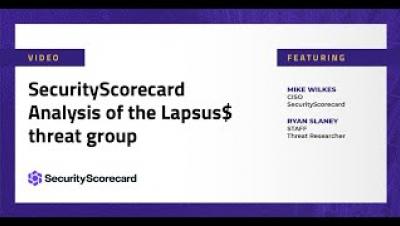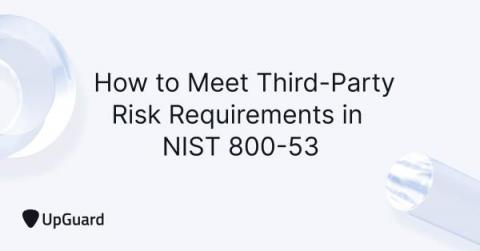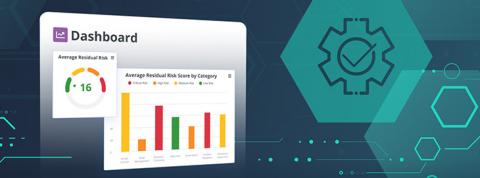Tax Season Scams Are Here Again - How to Mitigate Risk
Ransomware has dominated the headlines the last couple of years. But it might surprise you to hear that another scourge—business email compromise (BEC)—accounted for 49 times more in losses in 2021. As reported in the FBI’s latest Internet Crime Report, BEC cost organizations and individuals $2.4 billion versus $49.2 million for ransomware. In fact, more than a third of total cybercrime last year can be attributed to BEC.



